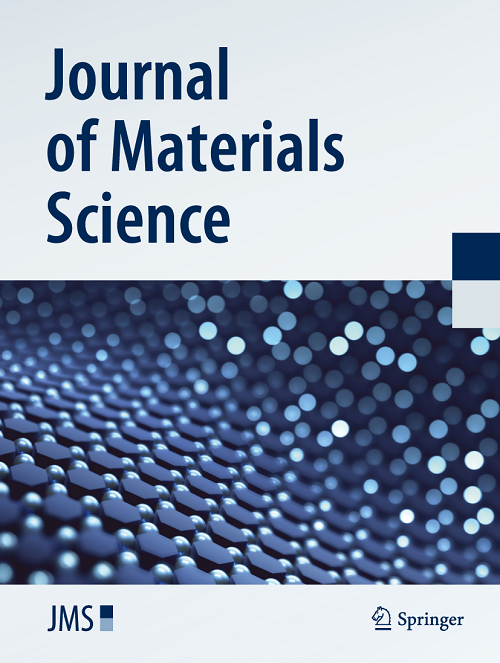Evolution of the lattice plane spacings and mismatch of a single-crystalline Co-base superalloy during creep in the rafting regime
Abstract
The single-crystalline Co-9Al-7.5W-2Ta (at.%) superalloy shows pronounced directional coarsening of the γ′ phase (N-type rafting) during high-temperature/low-stress creep due to the highly positive γ/γ′ lattice misfit. High-resolution X-ray diffraction (HRXRD) experiments at room temperature show that the qualitative evolution of the recorded diffraction line profiles after creep deformation strongly depends on the crystallographic direction with respect to the direction of the applied creep load. This evolution of the line profiles also reflects the microstructural changes associated with rafting. By using an advanced data deconvolution approach for diffraction peak fitting, it is found that both in [001] parallel and in [010]/[100] perpendicular to the applied stress, respectively, the lattice plane spacings (d spacings) of the horizontal γ channels and the γ′ phase each tend towards a common value with increasing plastic strain. These values are associated with their respective unconstrained values. As a consequence, the γ/γ′ d spacing mismatch observed after plastic deformation is closely related to the mismatch of the unconstrained phases. The matrix tetragonal distortion and stresses strongly decrease. Combining these findings with the ones from earlier TEM studies on that alloy indicates that this is attributed to the relaxation of the overall stress induced by the ongoing formation of interfacial dislocation networks. The findings of this study help to understand the correlation between the evolution of lattice distortions and internal stresses and the microstructural changes and deformation mechanisms during N-type rafting of superalloys.
Graphical abstract

 求助内容:
求助内容: 应助结果提醒方式:
应助结果提醒方式:


